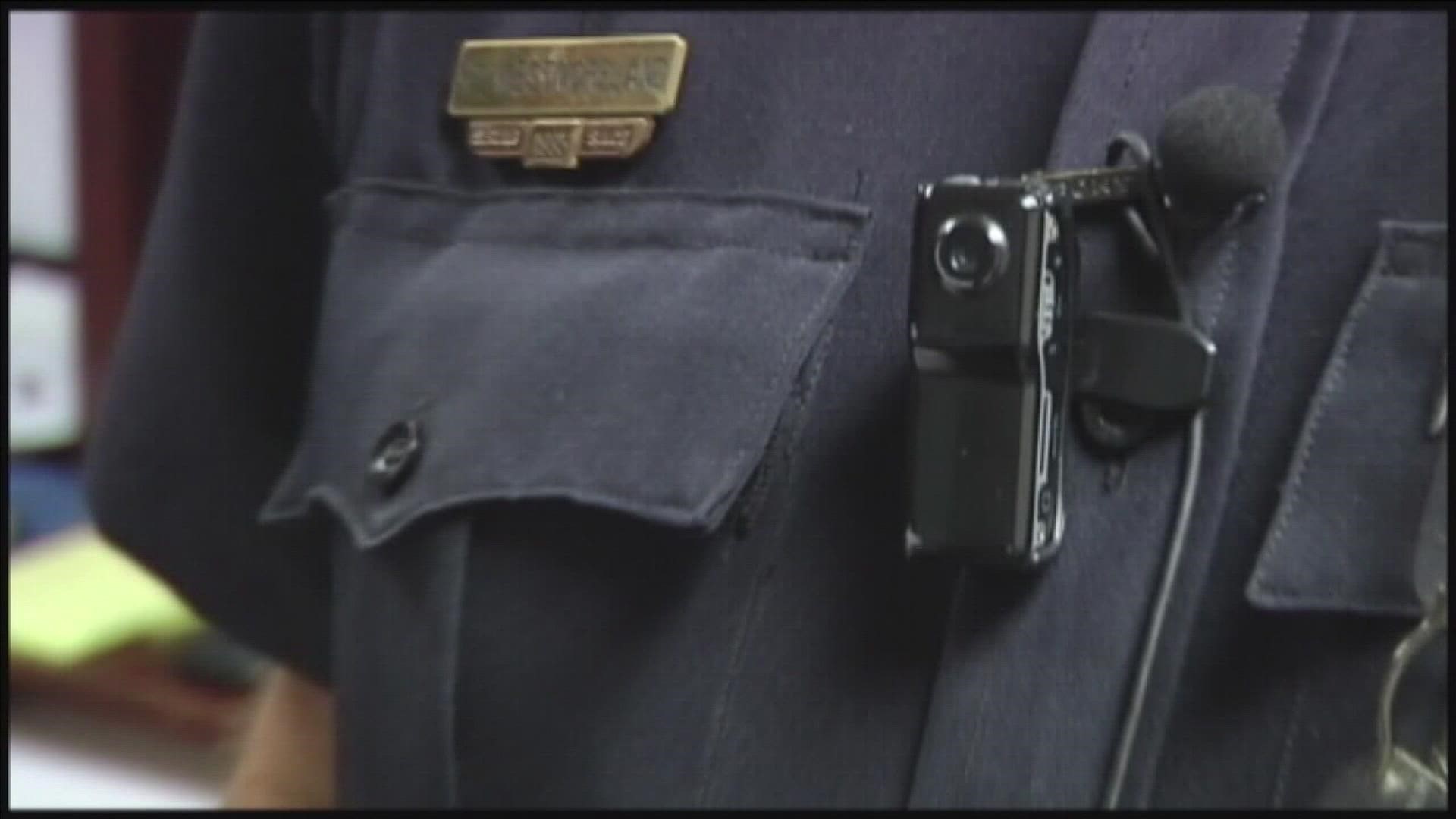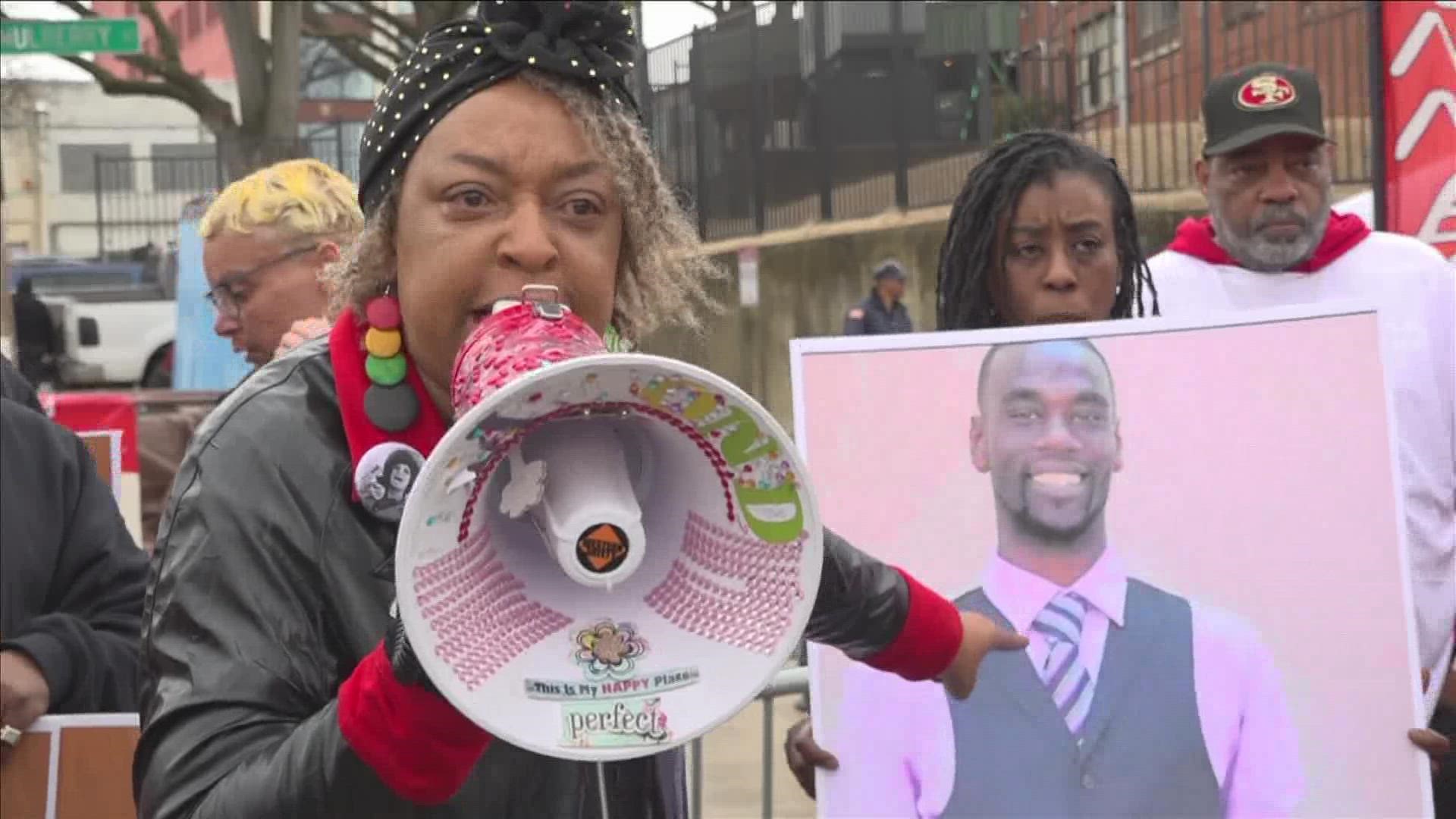MEMPHIS, Tenn. — Tyre Nichols’ loved ones believe Memphis Police body camera recordings will show that the 29-year old was the victim of police brutality.
But releasing footage from an investigation of this magnitude would be virtually unprecedented for the Memphis Police Department.
It wasn't until after a Memphis Police officer shot and killed 19-year-old Darrius Stewart in 2015 that MPD finally equipped the entire department with body cameras.
"The introduction of body cameras to this department has the potential to improve community relations, lower the number of citizens complaints with officers against false accusations, and provide greater agency accountability,” said then-Director of the Memphis Police Department Toney Armstrong in September 2015.
It wasn’t until 2016 that officers started wearing the cameras. Just two years into using them, Martavious Banks was shot by police in South Memphis, where multiple MPD officers involved turned their cameras off.
While Banks did survive, MPD did not release footage of the incident until 2020.
According to department policy, if an officer is involved or a witness to a use of force incident, he or she can view the body camera recording after an investigator is approved.
But the public isn't allowed to watch that same footage before it's shown at trial. It’s a right granted to only investigators, attorneys and members of the media whose public records requests are approved.
Even that isn't a guarantee.
According to the Reporters Committee for Freedom of the Press, journalist Marc Perrusquia requested body cam footage in 2020 of alleged use of excessive force by an MPD officer.
His request was denied and Perrusquia had to sue the city in order to access the footage.
Working for the University of Memphis Institute for Public Service Reporting, he says he’s waited four to eight months for video of MPD officers using excessive force.
In the Nichols case, MPD is promising the video will be released, but only after the internal investigation, and after his family can see the video first.
"Give this family transparency,” one member of the community said during Saturday’s demonstration. “They have no knowledge of actually what happened. The only knowledge that they have is that their son is dead."



